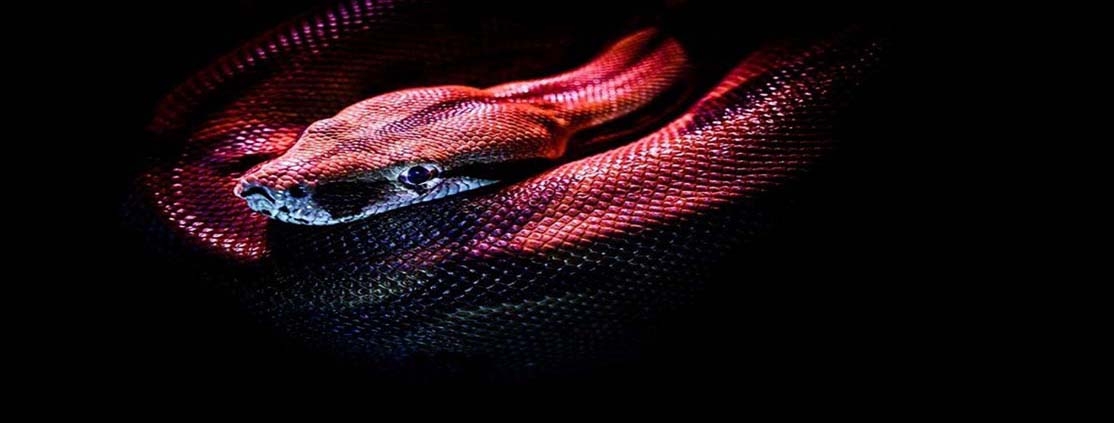Snakes
Nature of damage caused by snakes:-
The snake is a reptile, cold-blooded animal that follows the order Serpentes of the order of the scalpels. It has an elongated body, covered with scales, and has no limbs, or external ears, and eyelids, but there are edges in its body, which are believed to represent its faded limbs. The snake is a carnivore there are 2700 species of it on Earth, which are spread in all continents, except for Antarctica, and they exist, in various lengths from 10 cm for small snakes, to several meters for large snakes, such as the pedigree and anaconda, which may exceed 7 meters in length. Most types of snakes are non-venomous, As for the poisonous species, toxicity is mainly used to kill or subjugate the prey, as a small amount of the snake’s poison is sufficient to cause severe damage to the victim, or even to cause death to humans. Scientists believe that snakes have a kinship relationship with lizards, and they have adapted to hide in burrows. As lizards do, during the Cretaceous period, however, some scholars assume that snakes have water origins, and this diversity in their species appeared during the Paleocene.
Poisons of snakes
The poisons of snakes are different materials and elements that collect in a special place in the head area known as the poison reservoir, and the poisons of snakes consist of several materials, which are:
Toxins.
¨ Non-toxic materials with biological effects.
¨ Enzymes with salts and acids.
The toxins differ from one type to another according to the type of snake, its size and place of residence, and poisons can be divided into four types, which are:
Poisons that affect blood platelets and blood vessel walls.
Poisons that affect the nerves.
Poisons that have an effect on the muscles.
Poisons with external effects.
Of course, each type of these toxins has a special role in its effect on the bitten one, and perhaps the most important effects of these toxins are the following:
strong headache .
Dizziness .
Feeling sick.
Severe stomach pain.
Chills and sweats.
Internal symptoms resulting from the effect of these toxins on the body.
Identifying a poisonous snake:
A question that baffles many people is: Can a poisonous snake be recognized from a non-venomous one?
To answer this question, we need to know many facts about snakes, their composition and shapes, and it is very difficult for the average person to recognize a poisonous snake from others, but there are simple facts that can facilitate this process and give us the ability to recognize the poisonous snake from others.

